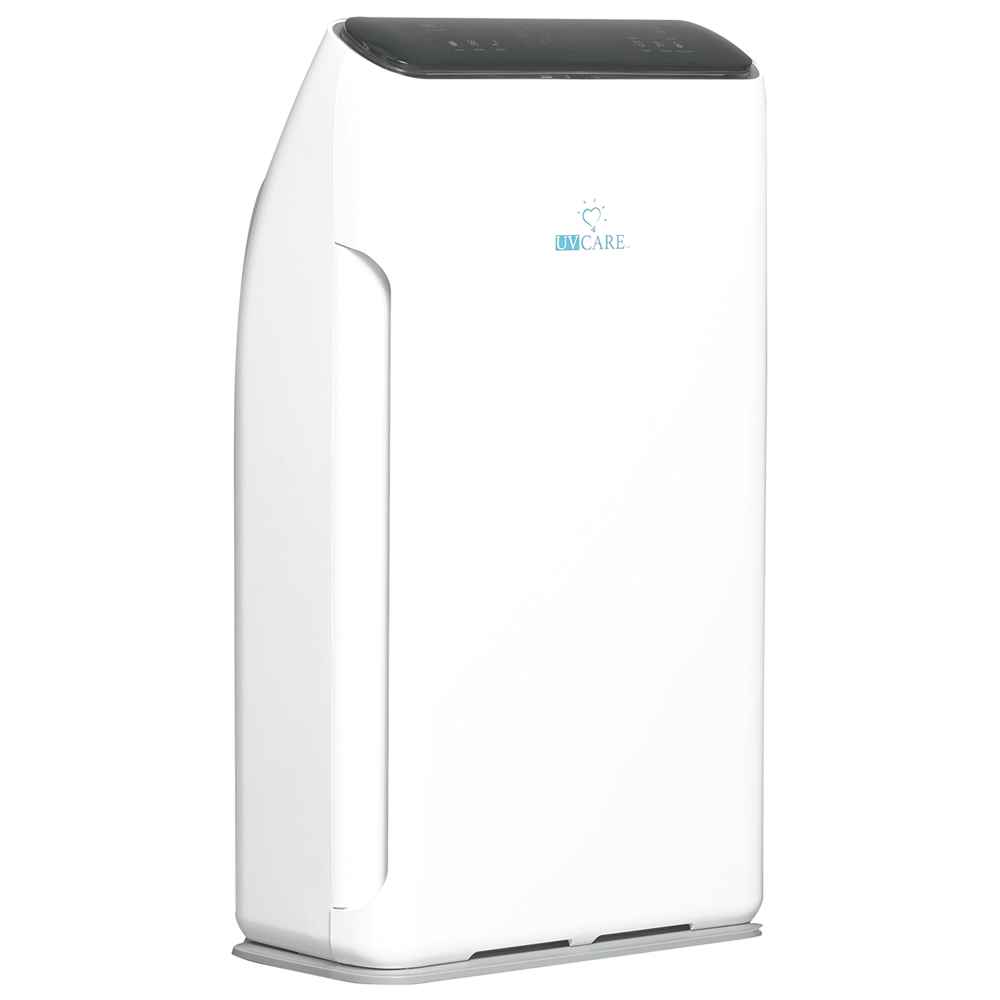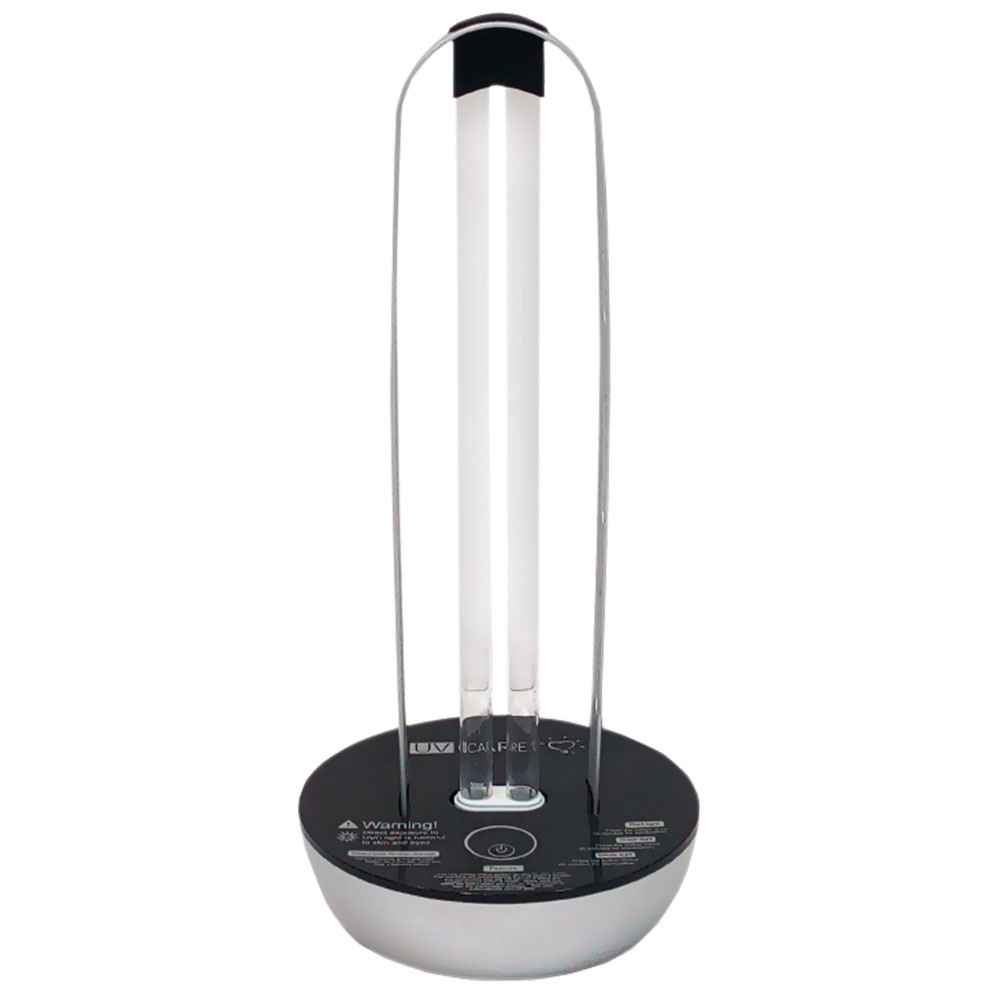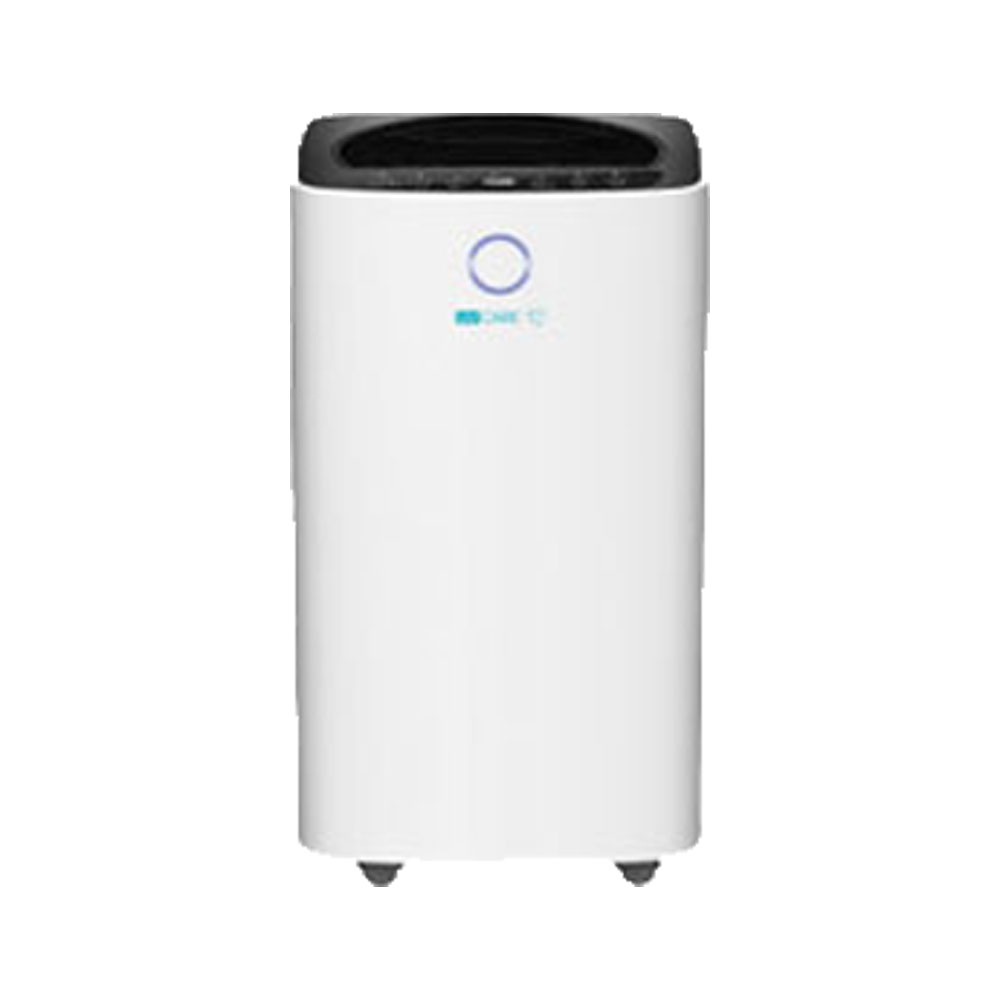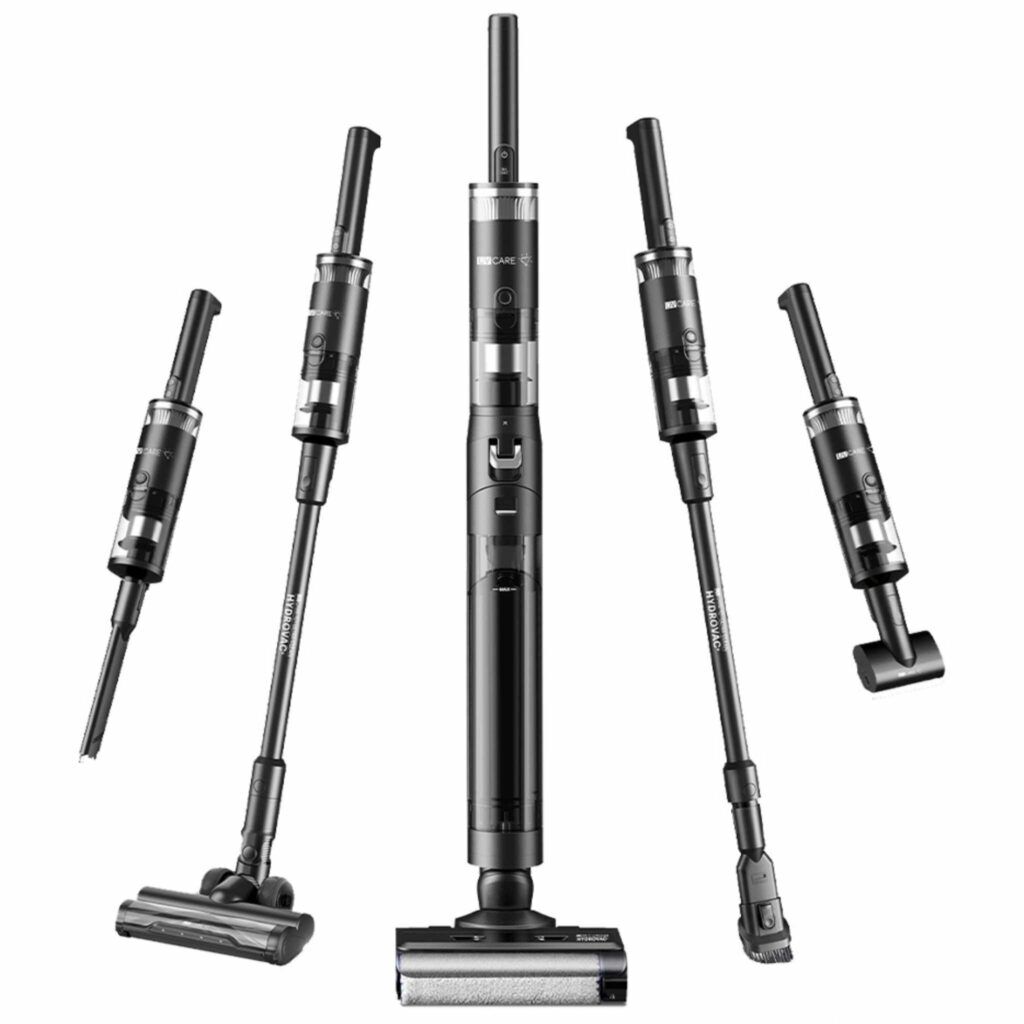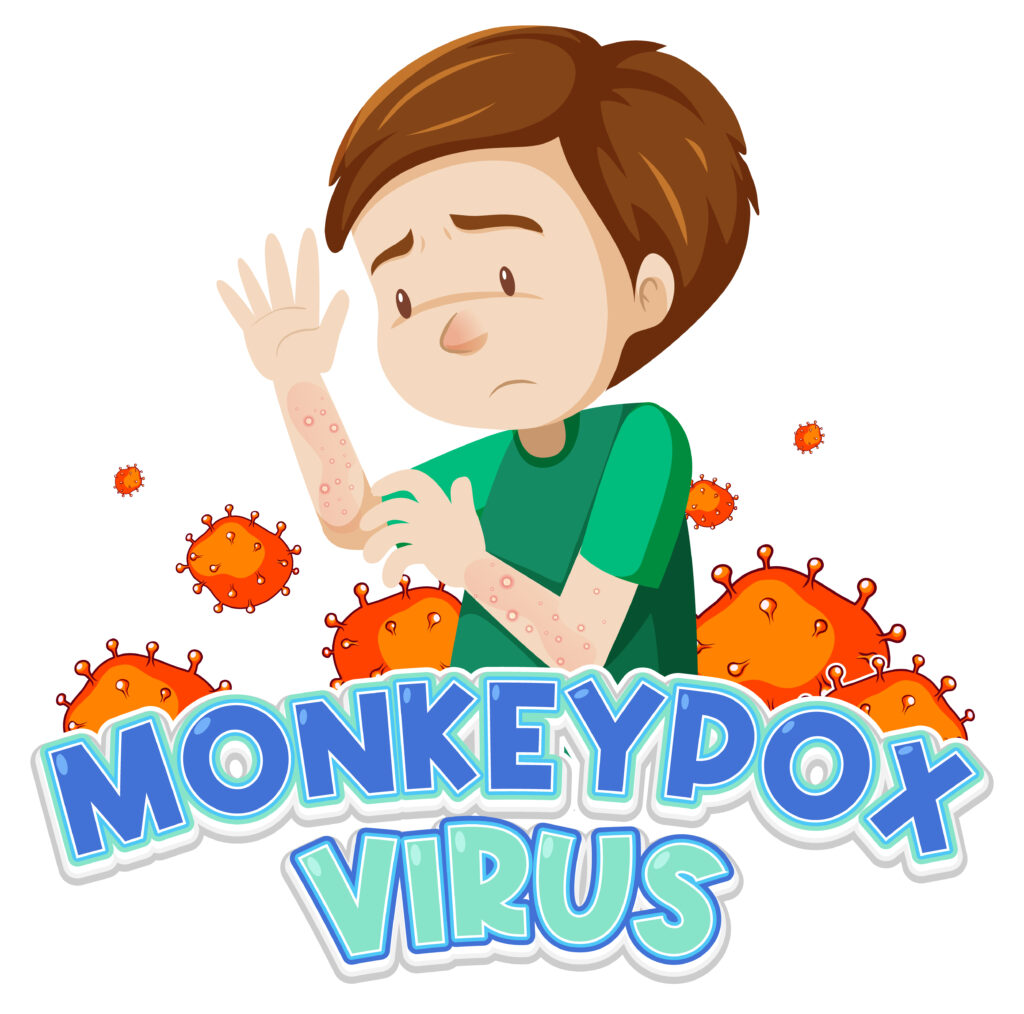
But how exactly can these devices help in combating monkeypox in Filipino homes? Let’s take a closer look.
Understanding Monkeypox and Its Transmission
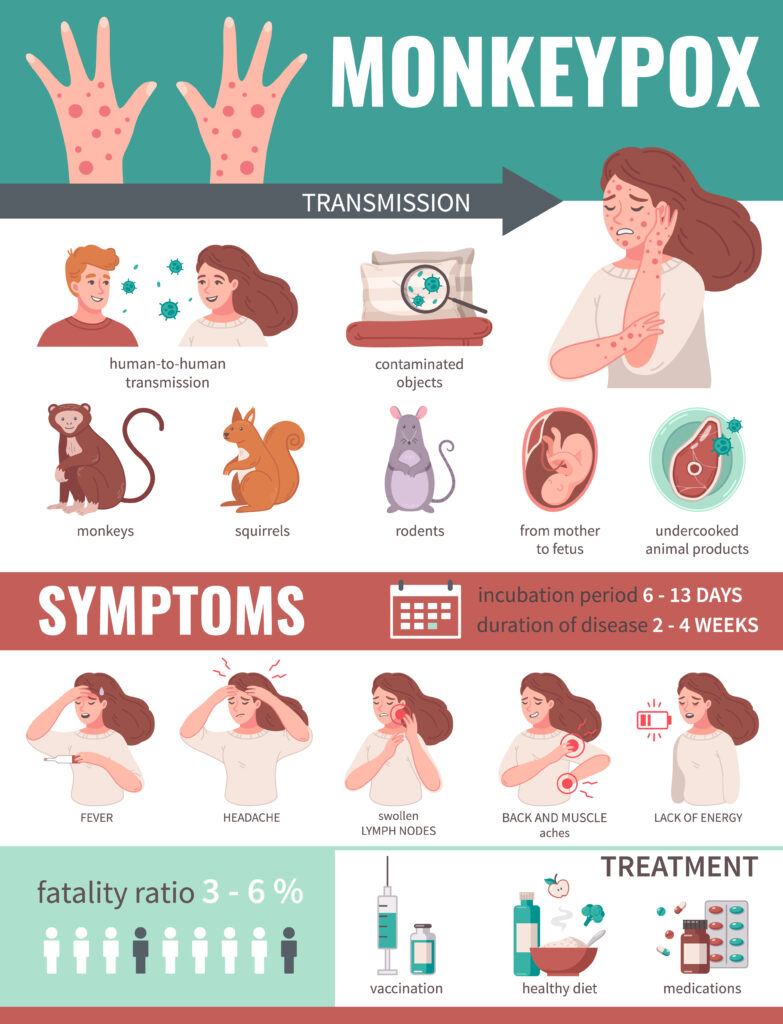
Monkeypox is caused by the monkeypox virus, which spreads primarily through direct contact with bodily fluids, respiratory droplets, or contaminated surfaces. This makes it more likely to spread in enclosed, poorly ventilated spaces—something many Filipino homes struggle with due to urban living conditions and high population density.
Key Transmission Methods:
- Direct contact with an infected person or animal
- Respiratory droplets from coughs, sneezes, or close conversations
- Contaminated surfaces or objects used by an infected person
Given that monkeypox can remain viable on surfaces and in the air for extended periods, it’s vital to implement solutions that actively purify the air and disinfect high-touch surfaces—enter air purifiers and UV sterilizers.
The Role of Air Purifiers in Preventing the Spread of Monkeypox
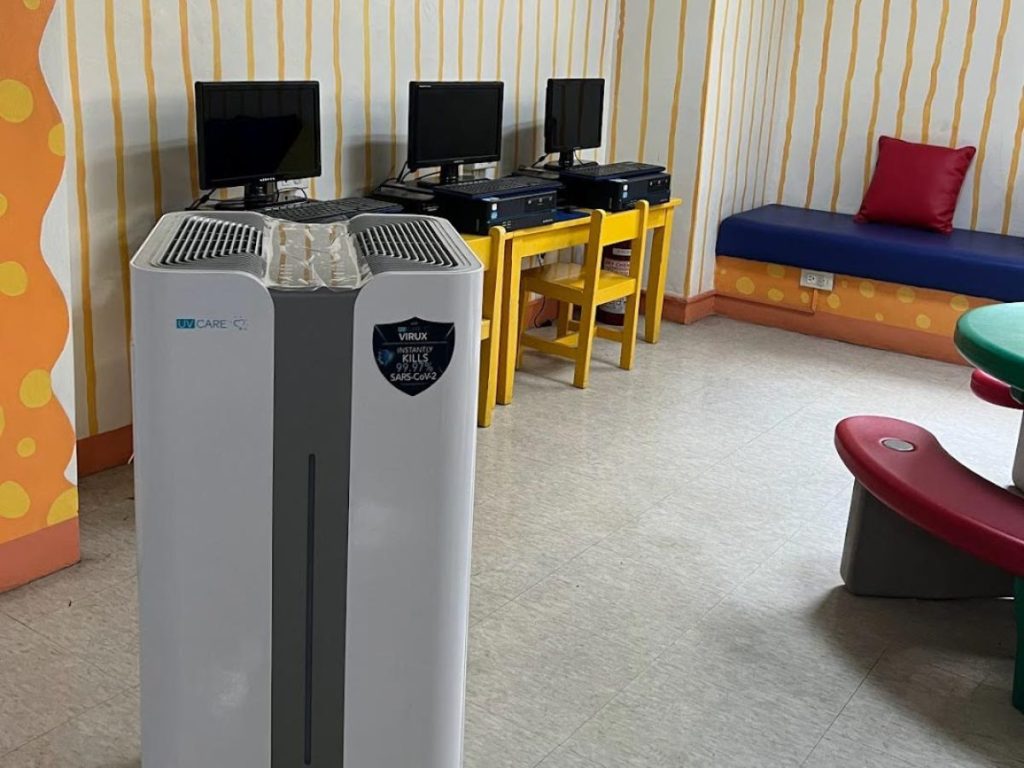
Air purifiers are designed to improve indoor air quality by removing airborne particles, pollutants, and pathogens. While many people are familiar with their role in combating dust, allergens, and smoke, air purifiers are also highly effective in reducing airborne viruses and bacteria.
1. HEPA Filters: Trapping Airborne Viruses
Air purifiers equipped with HEPA (High-Efficiency Particulate Air) filters can capture 99.97% of particles as small as 0.3 microns. While the monkeypox virus itself is smaller than this, the virus is often carried in larger respiratory droplets or attached to other airborne particles that HEPA filters can trap.
By using an air purifier with a HEPA filter, you can reduce the overall viral load in your home, making it less likely for the virus to spread via the air.
2. Activated Carbon Filters for Odor and Chemical Removal
In addition to HEPA filters, some air purifiers come with activated carbon filters. These filters are designed to absorb harmful gases and unpleasant odors—such as those caused by volcanic smog, or “vog.” When the Taal volcano erupted in the Philippines, many homes were blanketed in vog, which can irritate the respiratory system and exacerbate health conditions like asthma.
By removing pollutants and ensuring clean air, air purifiers create a healthier indoor environment, minimizing the risk of viral transmission and providing some relief from harmful external air pollutants.
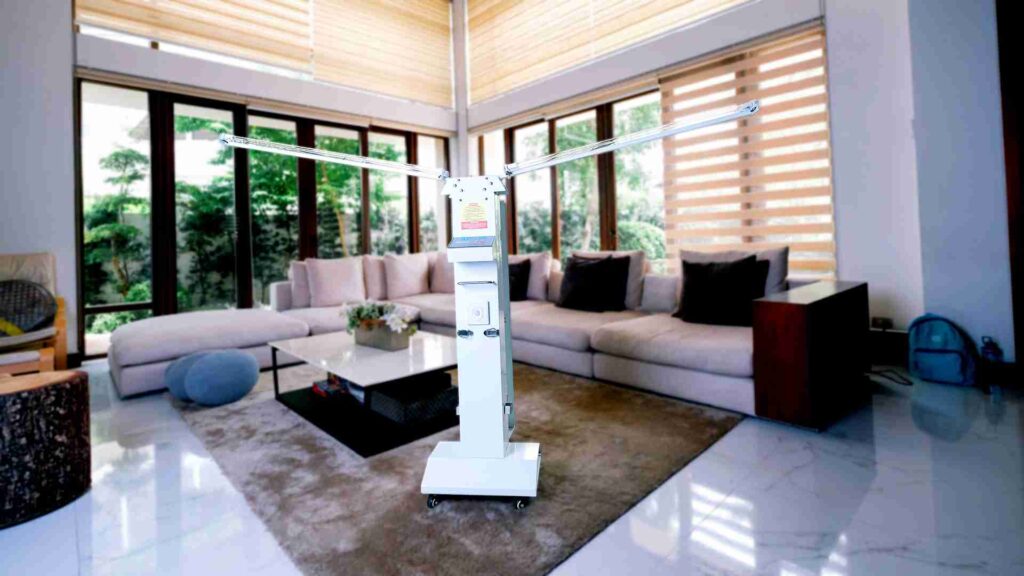
UV Sterilizers: Killing the Virus at Its Source
While air purifiers can trap particles carrying the virus, UV sterilizers take things a step further by actively killing pathogens. UV-C light, the specific type of ultraviolet light used in UV sterilizers, is proven to destroy the DNA or RNA of viruses, bacteria, and other pathogens.
1. How UV Sterilizers Work
When exposed to UV-C light, viruses and bacteria lose their ability to replicate, effectively neutralizing the threat. UV sterilizers can be used to sanitize air, surfaces, and even household items, making them a valuable tool in preventing the spread of monkeypox inside homes.
2. Portable UV Sterilizers for High-Touch Surfaces
Many UV sterilizers are available in portable forms, allowing homeowners to sanitize doorknobs, light switches, remote controls, and other frequently touched surfaces. Since monkeypox can survive on surfaces for several days, regularly disinfecting these items with a UV sterilizer can significantly reduce the risk of transmission within a household.
The Best Practices for an Allergen-Free Home
Beyond Vacuuming
Vacuuming is just one part of keeping your home allergen-free. Here are some additional tips:
- Damp Dusting: Use a damp cloth instead of a dry duster to avoid stirring up dust.
- Wash Bedding Regularly: Clean sheets, pillowcases, and duvet covers weekly in hot water.
- Control Humidity: Use a dehumidifier to keep humidity levels low and discourage dust mites.
- Keep Pets Clean: Regularly groom and bathe your pets to reduce dander.
Creating an Allergy-Free Sanctuary
- Choose Hard Flooring: Carpets can harbor dust mites and other allergens. Consider switching to hard floors.
- Use Allergen-Proof Covers: Encase mattresses and pillows in allergen-proof covers.
- Ventilation: Ensure good ventilation to reduce indoor humidity and allergen buildup.
Air Purifiers and UV Sterilizers: A Winning Combination
The best way to prevent the spread of monkeypox in Filipino homes is by combining the use of air purifiers and UV sterilizers. While air purifiers reduce airborne particles, UV sterilizers target and eliminate viruses and bacteria that linger on surfaces or are missed by air filtration systems. Together, these technologies offer a powerful defense against monkeypox and other airborne diseases.
Benefits of Using Both:
- Air purifiers remove particles from the air, lowering the chances of inhaling virus-carrying droplets.
- UV sterilizers deactivate any remaining viruses on surfaces or in the air, offering a complete solution for indoor spaces.
FAQs
Q: Can air purifiers remove the monkeypox virus from the air?
A: Air purifiers equipped with HEPA filters can trap the particles that carry the virus, but they don’t kill the virus itself. However, using a UV sterilizer alongside the air purifier provides better protection.
Q: How long can the monkeypox virus survive on surfaces?
A: The monkeypox virus can survive on surfaces for days or even weeks. Regularly disinfecting surfaces with a UV sterilizer is recommended to prevent the spread.
Q: What’s the difference between an air purifier and a UV sterilizer?
A: An air purifier cleans the air by removing particles, while a UV sterilizer kills viruses and bacteria by exposing them to UV-C light. Both are effective tools for maintaining a healthy indoor environment.

